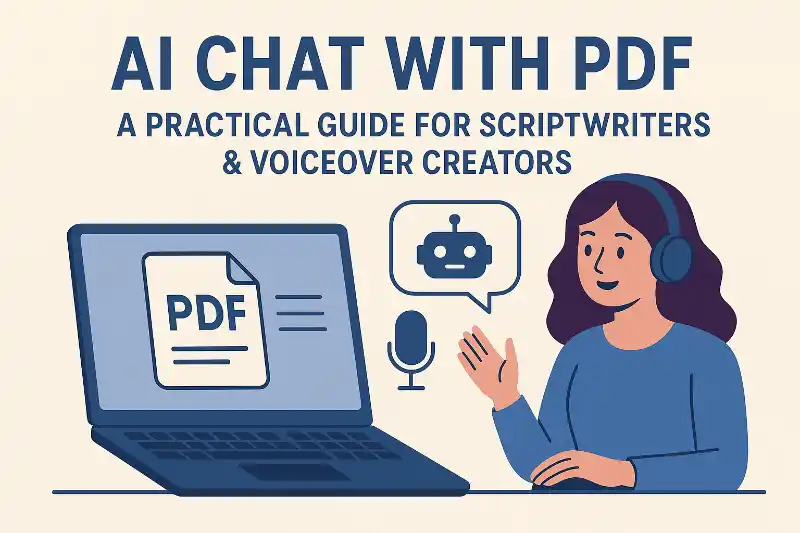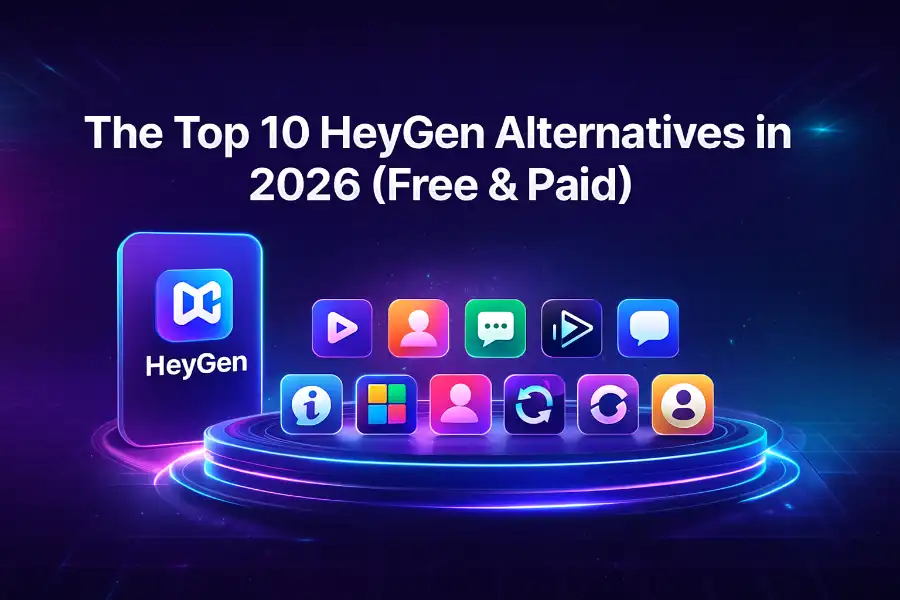Open-Source Toolkit for Text-to-Speech Synthesis
TL;DR
Understanding Open-Source TTS: What's the Deal?
Alright, so, open-source TTS – what's the deal? It's kinda like that feeling when you find out your favorite band released all their song stems for free!
- Open-source software, in general, means you get the code – and, like, you can mess with it.
- For video producers, you can tweak it. You can customize the voices to fit exactly what you want.
- The price? Usually, it's way cheaper than those fancy, locked-down options.
Moving on, let's get into why you, as video people, should actually care.
Top Open-Source TTS Toolkits: A Rundown
Coqui TTS, huh? It's got a frog logo – kinda quirky, right? But don't let that fool ya; this toolkit is actually pretty powerful. It's like, the cool kid on the block when it comes to open-source TTS.
Coqui TTS, or coqui-tts, it's a toolkit that's been "battle-tested" in both research and real-world applications. Their GitHub page states that Coqui TTS has been "battle-tested" in both research and real-world applications, so it's not just some toy project, you know? Here's the gist:
- Easy to use?: Yep! Even if you're not a total ai wizard, they got pre-trained models and simple tools to get you started.
- Voice Cloning: Wanna clone voices? Like, make your own custom voice? Coqui lets you do that, and it even works across different languages. That's kinda wild.
- Real-Time: It can generate speech in real-time. Which is a big deal if you are looking for interactive stuff.
See, what's cool about Coqui, is it uses these fancy models like Tacotron 2 and FastSpeech2, but you don't need to be a nerd to use them. Plus, it's modular, so you can swap in different parts. As highlighted on their GitHub page, Coqui TTS is designed for flexibility.
Here's a basic example, if you wanna see it in action:
from TTS.api import TTS
tts = TTS(model_name="tts_models/en/ljspeech/glow-tts")
tts.tts_to_file(text="Hello, this is Coqui TTS!", file_path="output.wav")
Well, if you want a voice that's exactly what you need, Coqui gives you the power to do that. And, since it's open source, you're not locked into some proprietary system. Industry reviews, such as one from Code B, highlight Coqui as a very high voice-quality engine.
Now, let's look at another option that takes a different approach: eSpeak. It's a whole different beast.
eSpeak is a compact, open-source speech synthesizer. It's known for its broad language support and its ability to run on very limited hardware. Unlike more modern neural network-based TTS systems, eSpeak uses a formant synthesis method, which gives it a distinct, often robotic, but very clear and intelligible sound.
- Features: eSpeak supports a vast number of languages and accents. It's highly configurable, allowing users to adjust pitch, speed, and even the "voice" characteristics to a degree. It's also very efficient in terms of processing power and memory usage.
- Pros: Its biggest advantage is its accessibility and speed. It's perfect for older systems, embedded devices, or situations where you need very fast speech generation with minimal resources. The extensive language support is also a major plus.
- Cons: The main drawback is the naturalness of its voice. It's generally not as human-like or expressive as newer neural TTS systems, which can make it sound a bit artificial for certain applications.
Now that we've looked at some specific tools, let's consider the key factors you should weigh when selecting the right open-source TTS toolkit for your needs.
Choosing the Right Toolkit: Factors to Consider
Okay, so, you're diving into the world of Text-to-Speech (TTS) toolkits, huh? It's kinda like picking the right set of brushes for a masterpiece – each one has its thing.
Think of the api like the toolkit's instruction manual – you need one thats clear, detailed, and easy to follow so you can get to work. An API (Application Programming Interface) is essentially a set of rules and definitions that allows different software components to communicate with each other. In the context of TTS toolkits, a well-defined API lets you programmatically control the TTS engine, such as feeding it text, selecting voices, adjusting parameters, and receiving the generated audio. If the api is hard to use, you're gonna have a bad time.
Don't underestimate the power of a good community. If you get stuck, it's nice to know there's a bunch of people online willing to help you out.
Finally, make sure whatever you pick plays nice with your existing setup. No point in getting a fancy new tool if it messes with everything else, right?
Now that you've got a better idea of what to look for, let's get down to actually using one.
Getting Started: A Practical Guide
Alright, so, you've considered the factors and are ready to explore implementation – now what? Time to get our hands dirty and actually make something talk! It's kinda like getting a new instrument; you gotta learn how to play it, right?
First things first, you gotta install the thing. Most toolkits, like Coqui TTS, use pip (Python package installer). It's usually a simple command – something like pip install TTS. But, you know, sometimes dependencies can be a pain. Make sure you have all the right versions of Python and other libraries.
Sometimes, you might run into weird errors. Don't panic! Google is your friend. Stack Overflow is even better.
Okay, so you got it installed. Now for the fun part. Let's make it talk! Most toolkits have a simple api. So, you can just feed it some text and get an audio file.
If you're planning to use it in a video editing workflow, you'll want to export the audio to a format your editor likes like .wav file, and then import it into your project.
Next, we'll explore how to fine-tune your TTS solution for specific applications.
Beyond the Basics: Advanced Techniques
Ever wondered if you could make your videos stand out with a voice that's uniquely yours? Or maybe create a character voice that's never been heard before? Turns out, you absolutely can.
First, let's talk about tailoring the voice itself.
- Training models with custom datasets lets you create a voice model that matches your specific needs. This is super useful for branding, where consistency is key.
- Adjusting voice characteristics means you can tweak things like pitch, speed, and tone. Imagine tailoring a voice for an e-learning module so it's engaging, but not distracting.
- Creating unique brand voices can really set you apart.
Then, there's how you integrate TTS into your workflow.
- Combining tts with scriptwriting software can streamline your workflow. For example, you could generate placeholder audio directly from your script to get a feel for the pacing before recording actual voiceovers.
- Using tts for real-time voice generation opens up new possibilities for interactive content. Think live streams or dynamic video games, where the narrative changes based on user input. This often involves integrating the TTS engine into a real-time application framework.
- Enhancing video content with dynamic voiceovers adds another layer of depth to your projects. This could mean generating different voiceovers for different audience segments or creating personalized video messages.
As we continue to push the boundaries with advanced techniques, it's exciting to consider where open-source TTS is headed in the future.
The Future of Open-Source TTS
The open-source world is like a constantly evolving organism, isn't it? What seems cutting-edge today might be old news tomorrow. So, where is open-source tts headed?
Advancements in neural TTS models are making voices sound more human than ever. We're talking about tech that can mimic intonation, emotion, and even accents with impressive accuracy. For instance, a model might learn to convey excitement in a narrator's voice or a subtle regional accent in a character's dialogue, making AI interactions feel much more natural and personalized.
Improved voice cloning and personalization are letting folks create voices that are uniquely their own. Imagine a future where your ai assistant sounds exactly like you, or where you can generate audio in the voice of a loved one for a special message.
Integration of tts with other ai tech is creating even more possibilities. Think chatbots that can respond with natural-sounding voices, or interactive video games where characters adapt their speech on the fly based on player actions.
Open-source communities are where the magic happens, right? It's where developers collaborate, share ideas, and push the boundaries of what's possible. These communities are vital for driving innovation, improving accessibility, and making content creation more inclusive. As more developers contribute to these projects, we're likely to see even more creative and impactful applications of open-source tts.








